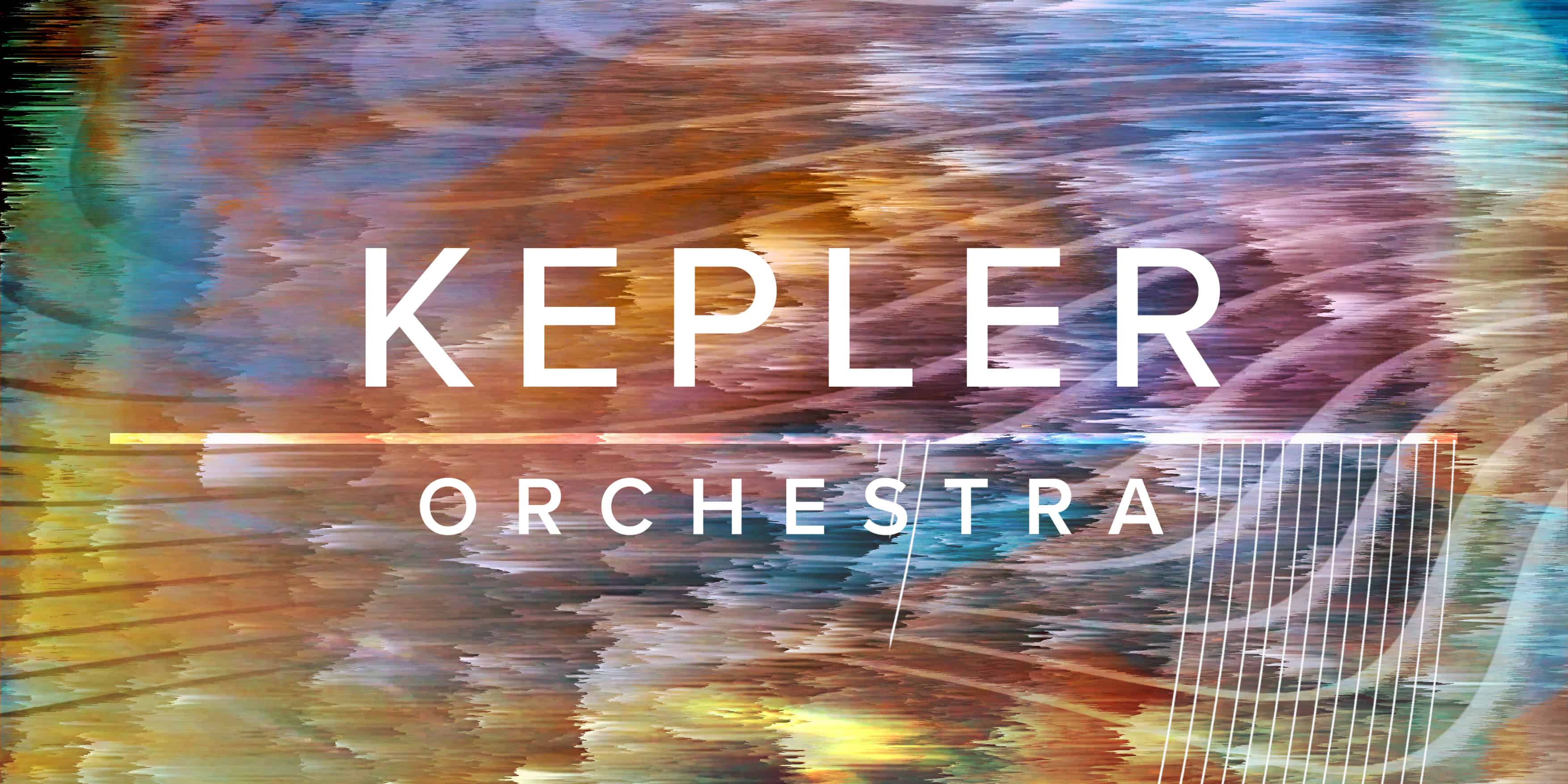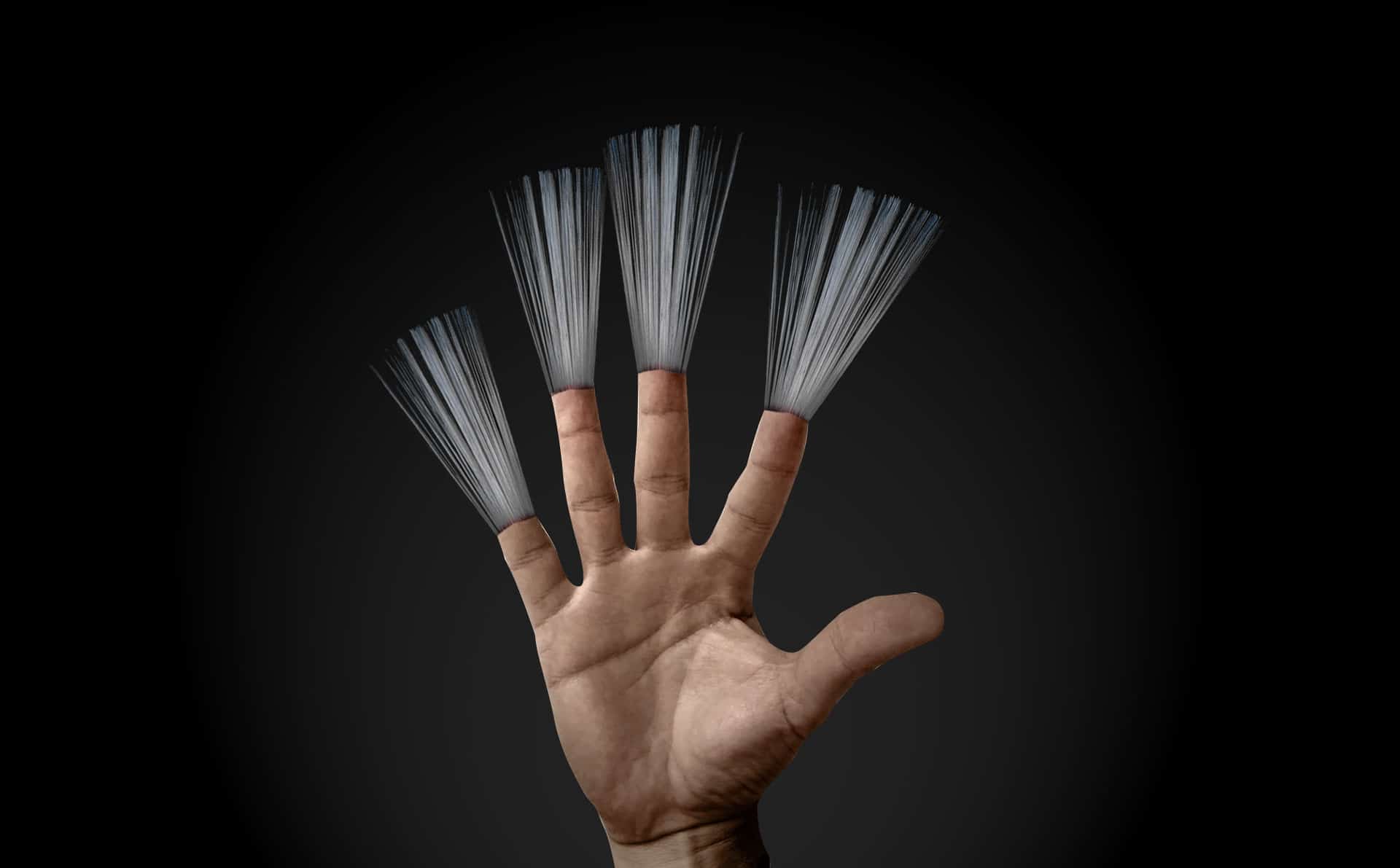AN INTERVIEW WITH Axel Rohrbach (Founder) OF BOOM Library
by Thorsten Meyer
Axel from BOOM Library did take the time out off his busy schedule to provide some insights and background information about BOOM Library and high end, ultimate sound effects for media and audio professionals.
Thorsten Meyer: Axel, first of all, thank you so much for taking the time out of your busy schedule. Would you be so kind and tell us a bit about yourself and how BOOM Library started out in the business?
Thanks Thorsten for the opportunity of this interview! My name is Axel Rohrbach and I founded the Boom Library in 2010 together with Pierre Langer and TIlman Sillescu. At that time I was Lead Sound Designer at Dynamedion (founded by Pierre and Tilman) and we wanted to try something else on top of Dynamedion’s work for hire business. Initially it was planned as a side job for less busy times but it turned out to be at least for me a full time job now.
Tell us a little more about the team behind BOOM Library?
When I started at Dynamedion Michael Schwendler was already Sound Designer here. Around the time we started the Boom Library, David Philipp was an intern at Dynamedion. Those two guys together with me are the main three Sound Designers at Boom Library. Even though I do Boom Library work full time and Michael and David are also still heavily envolved in work for hire work. Besides that, Benjamin Drumeaux, Patrice Börding, Byron Bullock and Felix Diekhake do both, Boom Library and Dynamedion work. Benedikt Huster is doing all marketing related things plus customer support.
Your products have been used in games, trailer, TV and film score. Would you be so kind and name a view recent ones? (12 Months)
MOVIE / MOVIE TRAILERS
Justice League
The Martian
Dr. Strange
Ghostbusters
Captain America – Civil War
Warcraft
Independence Day – Resurgence
The Purge – Election Year
GAMES / GAME TRAILERS
Total War Warhammer
Tom Clancy’s Ghost Recon Wildlands
World Of Tanks
Overwatch
Destiny – Rise Of Iron
MUSIC
Drake – Views
ZEDD – True Colors
How and where do you capture and record the sound you offer?
It mainly depends on the topic. Some things can be recorded in our studios, for other things we need a larger recording room and rent a studio. But mostly we record outdoors around the world. Of course mainly close to our place or in the UK, where David and Byron are located, but we also recorded a lot in the US, we recorded for example the “Historical Firearms” library in South Africa.
What are the challenges when producing your latest sound library MEDIEVAL LIFE?
Most sounds have been recorded in a rather close perspective to get a bit more punch, probably more flexibility and details as well as a better noise floor. The issue with that is, that we have really hard times to create background sounds for diverse settings. We tried to record things from a certain distance so that it smoothly blends into a scenery without being “in your face” or without having too transients. The challenge however is to find places that are quiet enough to do so, especially with all this traffic noise pollution we have here in Europe, but also concerning animals, wind and so on. This is even harder when recording people which plays a major role in such background ambiences – it is very hard to find a place that not only has no modern vehicles close by, but also no ringing cell phones and no music playing. The second important challenge was to find places that do have some kind of distant room to it, but no real reverb that would make it a lot less flexible and probably not suiting a lot of sceneries.
How did you find all those sounds that belong into medieval places?
Before we go out and record things, we make a list of sounds that we need to be included in a library. Then we search of ways to record those topics. We asked around for example if anyone has some animals, we asked blacksmiths, farms and even historic museums. There is a lot of planning and scouting involved in this process and in the end, we still can only hope that a recording goes as planned. Some things cannot be foreseen, for example we were at a friend’s farm but a construction side (modern road work) just started right that morning when we were on our way to the farm. It was so loud, that we had to drive back home – one day wasted. That is what makes such topics so difficult to fill up with content that works in this context. We also did another approach by collecting tools like saws, hammers, metal pieces etc. and recorded those at night on a remote place. Recording animals is always very difficult, because unless you hire an animal trainer you never know how the animals react to someone they don’t know and the little fur thingy called a windshield for the microphone. So this basically is try and error all the time.
Would you be so kind and share your experience on what to look for when recording your own samples?
The most important thing to begin with is finding an interesting source. So what every you want to record, it should already sound good. Not only concerning what the source does, but also how it sounds in the environment you want to record it in. For more expansive and complicated sessions, keep track of weather conditions. Of course picking the right equipment (recorder, choice of microphone etc) is important as well. But unfortunately the most important thing is to built up your own experience by simply recording a lot of things and analyzing why it either sounds good or why it does not sound right.
For new and upcoming sound engineers: Is there any microphone on a budget you would recommend?
For field recording starters Zoom or Sony handheld recorders are definitely worth a try. Not only can they produce good recordings, but it is also nice to have backup or additional recorders in the future when the personal equipment grows. If there already is a recorder available, I recommend to start with an MS setup, we use either Sennheiser MKH8050 hyper cardioid or MKH416 shotgun combined with a figure eight MKH30 microphone. MS setups are easy to handle and probably the most flexible setup. Again, from there compare how for example a XY setup work in different situations to the MS setup or if an omni A/B configuration might make sense.
When the sound is captured which tools, software and hardware is part your postproduction process?
A lot of them. After renaming the recordings in a useful way I import them into the host (might be any host, in my case ProTools HD) and roughly cut out not usable material. After that I do very basic gaining (no compression or limiting) and EQing. Next step is denoising if there is anything to denoise and I use iZotope RX for that. These are the steps for our “Construction Kits”, we do want to offer rather raw recordings here to make sure the files are still very flexible for the users (and for us). If we would be talking about the process for the “Designed” counterparts, a whole bunch of things might come into play. Basically all available plug-ins from diverse brands are used as well as some outboard gear when suiting the topic.
Could you let us in on your favorite and most used tools in your studio, both analog and digital?
I personally love my two Kush Audio “Tweakers”, a hardware compressor. Michael has a pretty big chain of hardware stuff from different brands for different purposes. I think he does not really have a most favorite here. As for plug-ins Fab Filters Pro-Q 2 and Pro-C 2 are always in my sessions. I love the Sonnox Oxford Limiter as well as the Avid Pro Limiter. Other than that I do have a ton of plug-ins installed that do very specific jobs, so nothing that I use on such a regular base as those four mentioned above.
Could you share some insights about your next project you’re most excited about?
The thing I am most excited about is unfortunately something I can not talk about yet. This is still unannounced and will also still take a while to finish – but it will be different from what we did so far. So stay tuned 😉
Let’s talk about Cinematic Metal – Impacts, Cinematic Metal – Construction Kit, Cinematic Darkness Designed, Cinematic Trailers Designed. Those products are now part of a special bundle that is available for a limited time. (Sound FX Cinematic Bundle (Affiliate Link) is available for 99 USD)
What is in for the buyer and how do you see those 4 products being used?
The “Cinematic Trailers” library can be seen as a basic trailerish sound pack, featuring hits, whooshes, rises etc. The “Cinematic Hits” features numerous more typical trailer impact sounds as well as the “Cinematic Metal – Impacts” which concentrates on impacts with metallic elements in it. This one is based on the “Cinematic Metal – Construction Kit” which only features metal sounds, mostly impacts which can also be used to layer to the other two libraries. So this basically gives you a whole bunch of sounds for trailer usage, but also when every you want to powerfully highlight anything. That works not only in trailers, but also for in-game sound effects, cut scenes, movies, image films or logo sound design.
What is the difference between the Construction Kit and Designed products?
The “Designed” versions are always fully designed, partially heavily processed sounds which can be used as is or as layers. The counterpart, the “Construction Kits”, is what the “Designed” collection are made of. Those are as raw as possible and only as processed as needed to make them useful. The “Construction Kit” sounds give you more freedom, but you also need to put some work into it, basically the same way as if you would have recorded them yourself. But you can really create your own sounds out of it. The “Designed” already have the typical Boom Library character, it is our creative work – that will help to work faster and also gives nice ideas what to do with the “Construction Kits”, but also are a bit less flexible in terms of usage. A more detailed description can be found here: http://www.boomlibrary.com/boomlibrary/index.php/news/149-bts-ck-vs-ds
Which advice would you give to composers who still want to incorporate your sounds into the scores is it for a trailer or a film score?
A lot of composer actually do this, but you should use them carefully and only when the music has some space left for such sounds. It has no effect if there are constantly boomy impacts in a track, it only works if they really highlight certain spots.
Could you share your secret weapon when it comes to composing?
I am no composer, so it would be bold to give any composing tips here 😉
What are your techniques that help you get started on a new score/song?
Would you share some of your tricks to achieve an epic, cinematic sound?
The overall frequency response is a bit different to other audio material. It is mostly heavier, les “sparkling”. Also modern trailer sound is all about working on spot on sounds to create more impact and to push the listeners eyes to the right action and leading his emotional reaction. But it also is about carefully selecting frequencies, leaving space wherever possible to get a cleaner, bigger and louder sounding result without really being loud.
Are there incredible talents you worked with that you would like to point out?
I think our team isn’t that big and they are all extremely talented, mostly in specific fields. To be honest, no, I don’t want to pick one out of that. It always is teamwork to get something done in a quality we want to achieve. Everyone plays a part, even if those might be really different.
Is there a sound or style that you did see lately as an upcoming trend?
Staccato strings and “hu-ha” choirs with an orchestral style song featuring fast percussions might be 2000. 2020 is more accent driven, more marching in its music rather than running with bigger emotional themes. Concerning sounds it is kind of the same, sounds get more and more in sync with the music, something that wasn’t too much the case 10 years ago. That also means sounds tend to become shorter, more emphasizing, cleaner.
Thank you for your time.
Thank you very much for inviting me!









